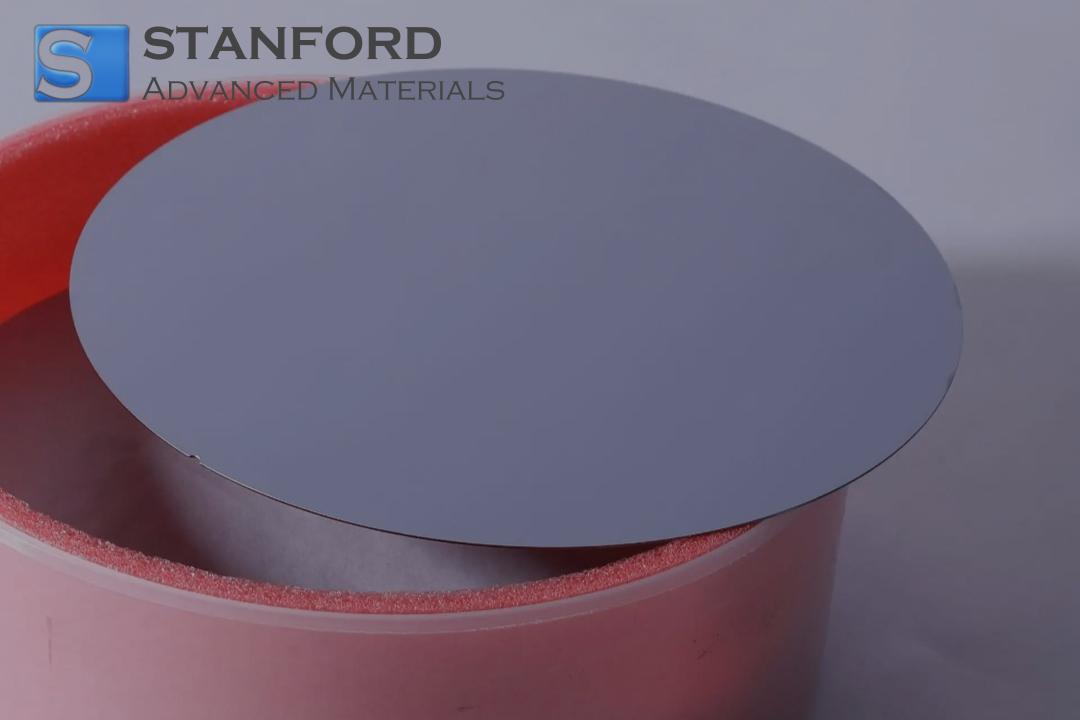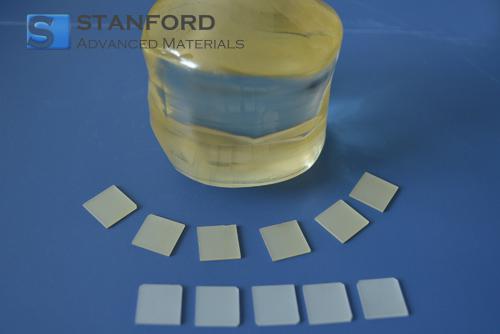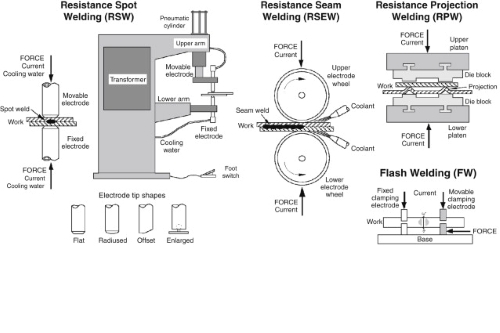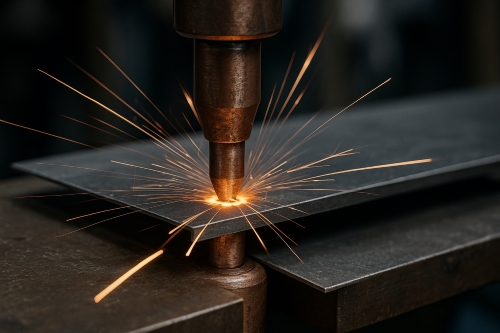Thermal Management Materials for Electronic Packaging
Introduction
Electronic devices generate heat during operation. Excessive heat decreases performance and lifespan. Thermal management is essential to ensure safe usage. Materials used in electronic packaging assist in transferring heat away.
Basic Principles of Thermal Management
Electronic systems produce heat due to power losses. Increased heat stresses circuits and diminishes performance. The overall concept of thermal management aims to distribute heat to maintain a consistent temperature. This is typically achieved through conduction, convection, and, on occasion, radiation. Suitable materials are employed to transfer heat away from sensitive components. Engineers select these materials carefully, based on device requirements and anticipated thermal loads.
Metals: High Strength and Thermal Conductivity
Metals are frequently the material of choice for thermal management. They exhibit high thermal conductivity, with copper being particularly notable among metals. Copper has a thermal conductivity of approximately 400 watts per metre Kelvin. Aluminium follows, displaying about 205 watts per metre Kelvin. Metals also provide high strength and durability. In electronic packaging, heat sinks and base plates made from copper or aluminium effectively dissipate heat. Their efficient conduction is utilised to ensure components operate safely, even under rigorous conditions.
Ceramics: Conductivity with Insulation
Ceramics are beneficial as they not only conduct heat but also provide electrical insulation. Aluminium nitride, for example, has a thermal conductivity nearing 170 watts per metre Kelvin. This ceramic is commonly found in substrates used in power electronics. Silicon carbide is another ceramic that serves in applications requiring both insulation and conduction. The attributes of ceramics enable their use in scenarios where electrical insulation and continuous heat transfer must occur simultaneously. They are widely adopted in high-voltage applications.
Polymers and Thermally Conductive Composites
Polymers are lightweight and flexible. They are extensively used in applications where weight is a critical factor. Pure polymers typically exhibit low thermal conductivity. However, the addition of fillers significantly enhances their performance. For instance, polymers combined with boron nitride or graphene can achieve thermal conductivities of up to 10 watts per metre Kelvin. They are utilised in handheld devices where additional weight is a disadvantage. Their pliability allows them to be shaped into various designs and dimensions to meet different cooling requirements.
Thermal Interface Materials (TIMs)
Even with efficient heat spreaders, contact points between components can be suboptimal. Small gaps can hinder heat transfer. Thermal interface materials address these gaps. TIMs typically come in paste or pad form, with silicone-based pastes being common. These materials facilitate efficient heat flow from one component to another. They are essential in equipment with high power density. Their function involves reducing thermal resistance and managing operating temperatures effectively.
Phase Change and Advanced Nanomaterials
Some thermal management solutions depend on phase change characteristics. They absorb heat during the transition from solid to liquid. This process mitigates temperature peaks during high-power cycles. Phase change materials are employed in variable-temperature scenarios. Advanced nanomaterials are also under exploration. Carbon nanotubes and nano-fillers can substantially enhance thermal conductivity. In certain advanced composites, thermal conductivity can increase to around 20 watts per metre Kelvin. They are used in high-performance computing and LED lighting. They present new possibilities for managing heat in devices subjected to high-performance demands.
Conclusion
Thermal management in electronic packaging is vital. Effective heat management prevents device damage and prolongs device lifespan. Metals, ceramics, and polymers possess different characteristics that assist in heat movement or dissipation. Thermal interface materials facilitate heat flow between components. Phase change materials and nanomaterials introduce new strategies for resolving challenging heat issues.
Frequently Asked Questions
F: Which material has extremely high thermal conductivity in electronics?
Q: Copper is recognised for its high thermal conductivity of nearly 400 watts per metre Kelvin.
F: What role do ceramics play in electronic packaging?
Q: Ceramics provide effective heat transfer and electrical insulation for high-voltage applications.
F: Why do devices need thermal interface materials?
Q: They fill small gaps and reduce resistance between components to enable effective heat transfer.
Reference:
[1] Thermal management (electronics). (2025, May 12). In Wikipedia. https://en.wikipedia.org/wiki/Thermal_management_(electronics)

 Bars
Bars
 Beads & Spheres
Beads & Spheres
 Bolts & Nuts
Bolts & Nuts
 Crucibles
Crucibles
 Discs
Discs
 Fibers & Fabrics
Fibers & Fabrics
 Films
Films
 Flake
Flake
 Foams
Foams
 Foil
Foil
 Granules
Granules
 Honeycombs
Honeycombs
 Ink
Ink
 Laminate
Laminate
 Lumps
Lumps
 Meshes
Meshes
 Metallised Film
Metallised Film
 Plate
Plate
 Powders
Powders
 Rod
Rod
 Sheets
Sheets
 Single Crystals
Single Crystals
 Sputtering Target
Sputtering Target
 Tubes
Tubes
 Washer
Washer
 Wires
Wires
 Converters & Calculators
Converters & Calculators
 Write for Us
Write for Us


 Chin Trento
Chin Trento



